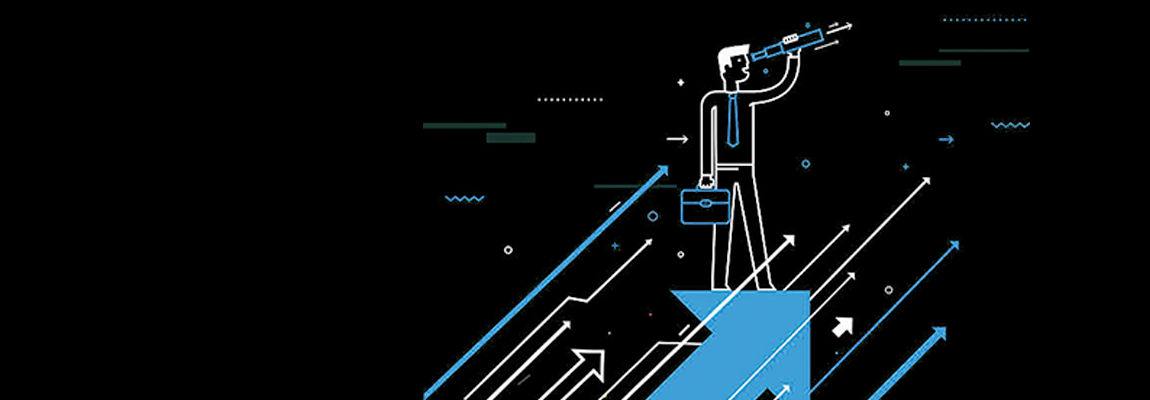My name is Howie Fenton and I have been a consultant and analyst in the printing industry for nearly 3 decades. As a guest blogger, I will be writing about print and business subjects such as: management and financial concerns, new products and services, innovative technologies, strategies to streamline operations, best practices of leading printers, management and digital trends, emerging new applications, and marketing strategies.
Perhaps the most appropriate topic for this inaugural blog is to compare your growth strategies with the standard growth strategies by printers in North America. In the InfoTrends Study US Production Software Investment Outlook (2015), printing companies were asked to identify their strategic business direction for the next five years. The #1 answer was focusing on reducing production cost/ improving efficacy. During my tenure with InfoTrends, this was one of my favorite slides.
Increasing Productivity, Driving Down Price, and Reducing Turnaround Time
In sales training and seminars, the instructors always tell the class not to focus on price but to sell value. While true, it is naïve not to acknowledge that there is a small range of prices that you must be within to be considered. This competitive range has become the ante in the bidding game. The closer you are to the higher end of that range, the more value you have to prove. Despite what sales trainers tell you, the real-world truth is that the lower in the range your pricing, the greater the chances of getting that work.
Increasing operational productivity and reducing manufacturing costs run hand in hand. Driving down the cost of manufacturing results in both shorter turnaround times and more competitive prices. Reducing costs is achieved through process improvements or automation technologies. One strategy for increasing productivity is continuous process improvement– critically evaluating how you do things and always looking for a better way to do them. Of course, not all organizations have the culture for continuous process improvements and instead choose to increase productivity through automation.
Production Automation
Production automation can be hardware or software. There are three categories of software automation: web to print, Print MIS and prepress PDF workflow software. These software products reduce the number of times files are “touched” by staff and how much time is required for each touch. There are a wide range of productivity improvements from these solutions, but it is not uncommon to see 25%-100% increases in productivity. Hardware automation includes: faster RIPs, higher speed/larger format printing devices and more efficient inline and off-line finishing devices.
Let Us Know!
This is the first of many articles on this subject. Obviously, we want to hear from you and we encourage your feedback. What do you think of the idea of providing a series of blog articles to help you manage your business? Was this blog valuable to you? Did this prompt you to take action, and if so, what? What would you like to learn more about in future blogs?
Take a look at this: Best Pills for Erection: Comprehensive Guide to Enhancing Male Performance
















